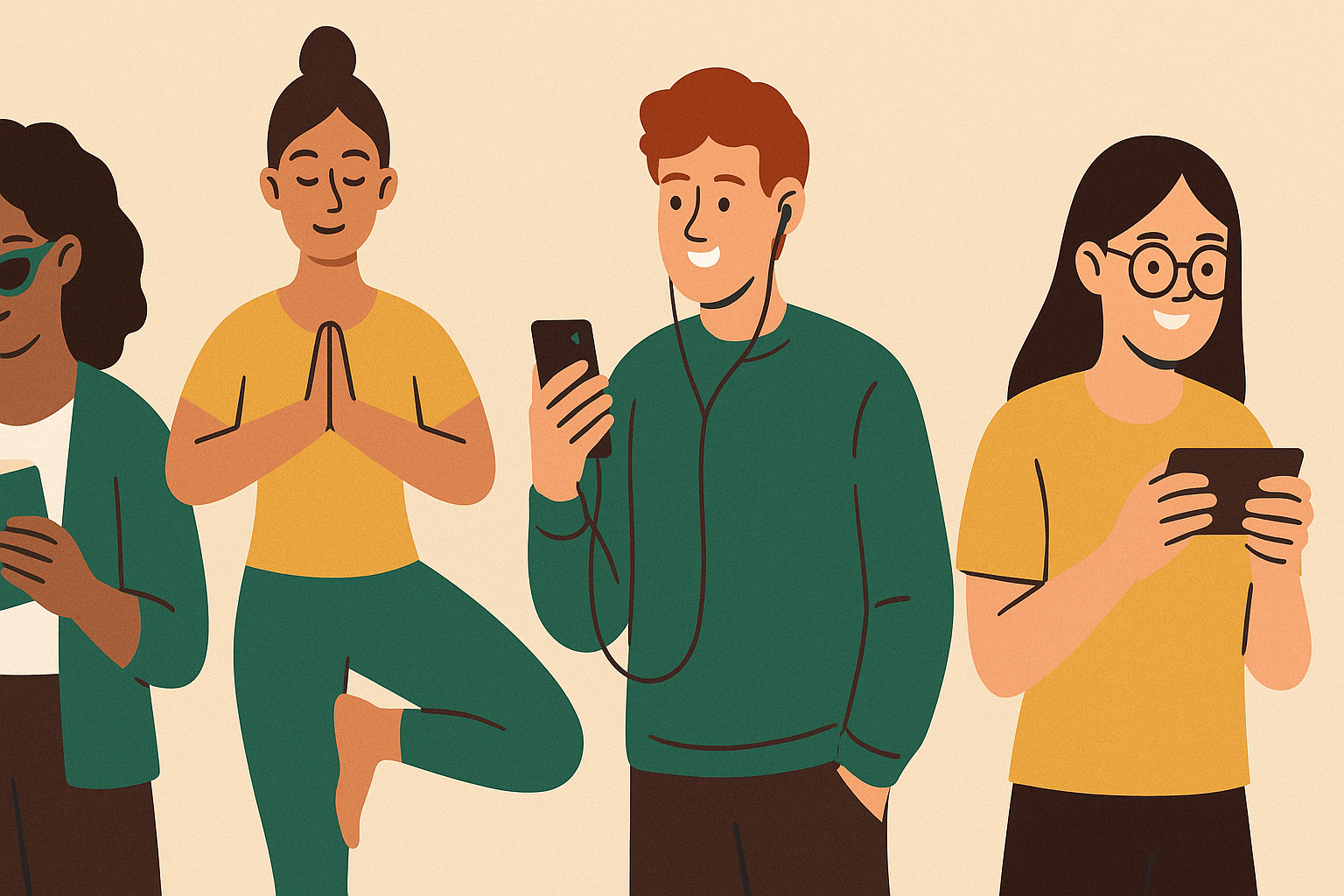
Digital Eye Strain: How to Save Your Eyes in a Screen-Obsessed World
Let’s face it—we live through our screens. Work, study, entertainment, and even relationships are mediated through glowing rectangles. If you’re in your 20s to 40s and spend hours daily on laptops, phones, or tablets, you might already be familiar with that nagging feeling—tired eyes, headaches, blurred vision, or dry discomfort. Welcome to the world of Digital Eye Strain (DES), a growing issue that many brush off until it gets too hard to ignore.
What Exactly Is Digital Eye Strain?
Digital eye strain, also called Computer Vision Syndrome, is a condition caused by prolonged screen use. It’s not a disease but a set of symptoms, including:
- Dry, itchy, or burning eyes
- Headaches or migraines
- Neck and shoulder tension
- Blurred or double vision
- Difficulty focusing after screen time
It hits hardest in people who spend more than 2 hours a day on screens—so pretty much everyone reading this.
Why Does It Happen?
- Reduced blinking: When staring at screens, blink rate drops drastically—leading to dry, tired eyes.
- Blue light exposure: Screens emit blue light that affects your sleep cycle and adds visual stress.
- Poor posture and lighting: Most people don’t set up their workstations ergonomically, adding to the problem.
Who’s Most at Risk?
- IT professionals crunching code for hours
- Students glued to online classes and assignments
- Influencers editing content or responding to DMs
- Gamers locked into intense sessions with minimal breaks
Practical Fixes That Actually Work
1. Follow the 20-20-20 Rule
Every 20 minutes, look at something 20 feet away for 20 seconds. It relaxes your eye muscles and resets your focus. Use a reminder app if needed!
2. Adjust Your Screen Settings
- Lower brightness to match your environment
- Increase text size to reduce squinting
- Turn on blue light filters, especially at night
3. Set Up Your Workstation Properly
Your screen should be an arm’s length away, at or slightly below eye level. Use a supportive chair and maintain good posture. Avoid working in a dark room with a bright screen.
4. Blink More & Stay Hydrated
Sounds simple, but it works. Blinking keeps your eyes moist, and water prevents dry eye symptoms. You can also use lubricating eye drops if needed.
5. Rest Your Eyes—Seriously
Give yourself real breaks. Go for a walk, stare out a window, or close your eyes for a few minutes. Eye rest is brain rest too.


